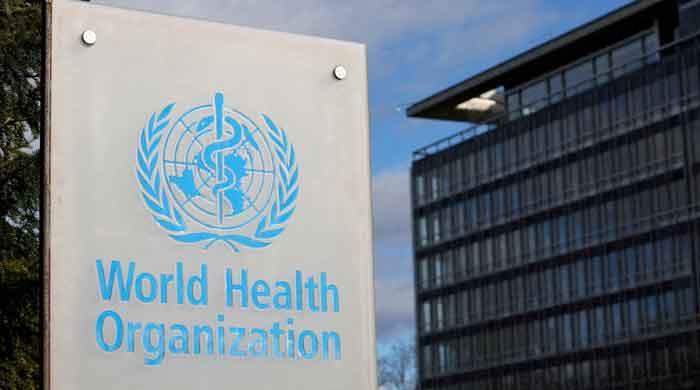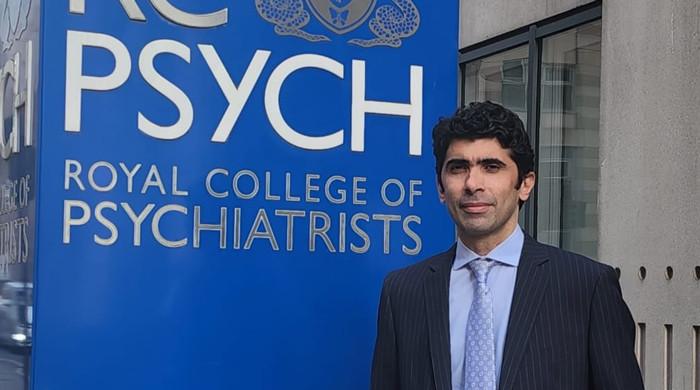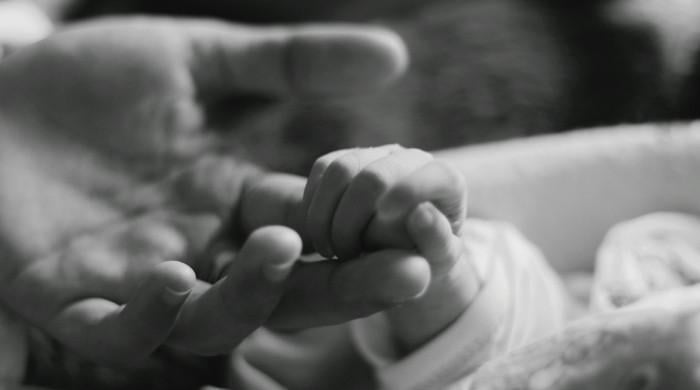Damar Hamlin's near-death incident highlights importance of CPR and AED training
With the right training of CPR and AED and equipment, we can be the difference between life and death
April 18, 2023

In a packed stadium, thousands of fans watched in horror as 24-year-old football player Damar Hamlin suddenly collapsed on the field to meet his death. His heart had stopped beating as he was in cardiac arrest. But what they also witnessed was the power of CPR and AED.
Jeff Haughty, a firefighter and instructor at Heart Start CPR, knows how crucial those moments can be. "Sometimes the difference between life and death gets down to mere seconds, so the question is: Would you even know what to do?" he asked.
Unfortunately, many bystanders are afraid to step in and help, unsure of what to do. Former firefighter Chip Baker has seen it firsthand. "What I'm seeing is a hesitation, because I don't want to do it wrong. I'm not sure I know what I'm doing," he said.
But Haughty and Baker both stress the importance of taking action - a life-saving step. Even if you're not trained, you can still help. Call medical help and start doing chest compressions at a rate of 100 to 120 per minute. The AED will give you verbal guidance on how to use it, but it doesn't hurt to practice beforehand.
For Damar Hamlin, those few moments of CPR and AED made all the difference. His heart started beating again, and immediately afterwards, he was rushed to the hospital to make a full recovery.
And, he's not the only one. Every year, more than 350,000 people in the United States experience cardiac arrest outside the hospital. But with the help of CPR and AED, many of them can be saved.
That's why Damar recently went to Washington to advocate for the "Access to AEDs Act," which provides funding for CPR training and AEDs in schools across the country. He knows firsthand the importance of having those resources available.
It's easy to feel powerless in the face of a sudden cardiac arrest, but we can all make a difference. With the right training and equipment, we can be the difference between life and death.
So don't hesitate. Learn CPR and AED, and be ready to help when it matters most.











